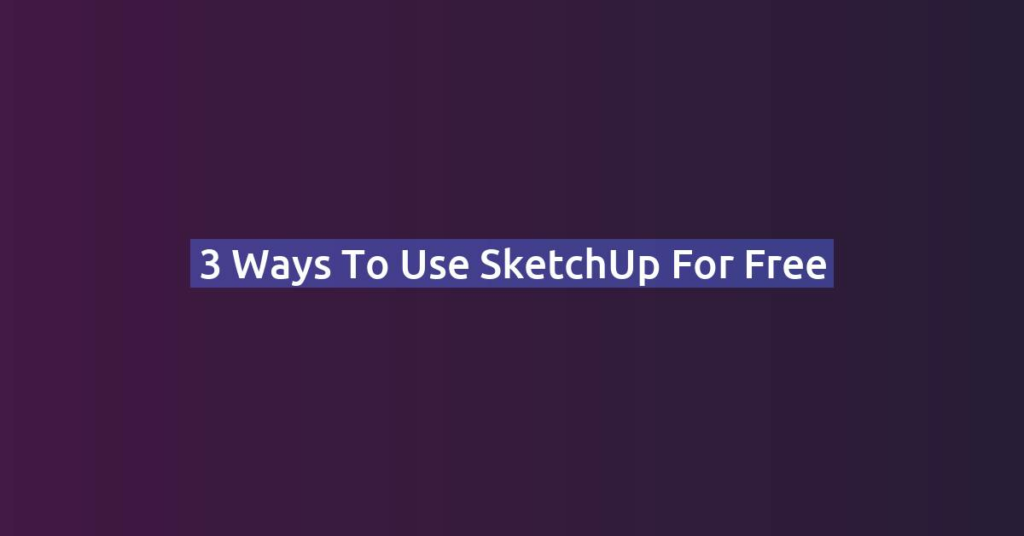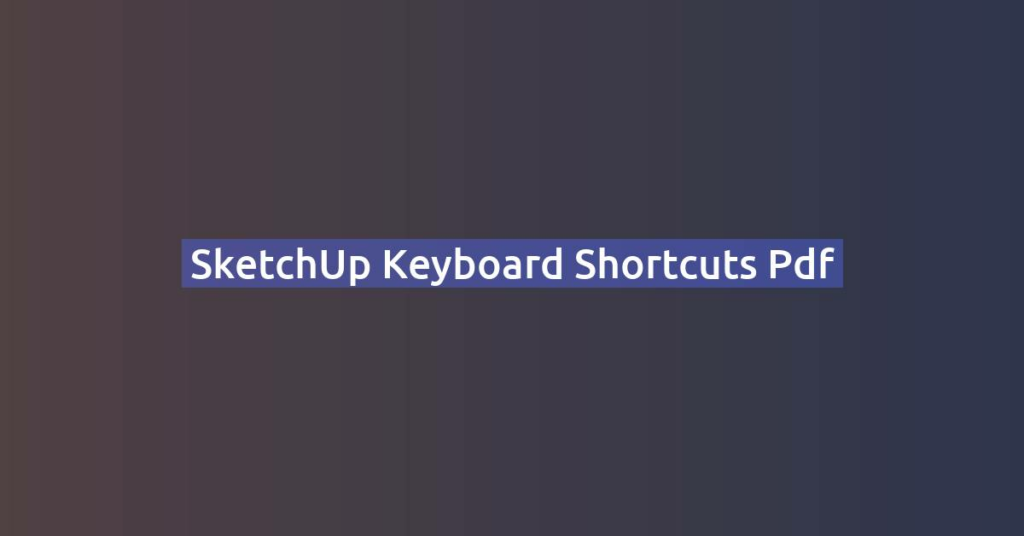Adding textures in SketchUp is an essential step in creating realistic 3D models. Whether you’re working on architectural designs, interior modeling, or product visualization, applying textures enhances the visual appeal of your project. This guide will walk you through different methods of adding textures in SketchUp.
Method 1: Applying Built-in SketchUp Textures
SketchUp comes with a built-in material library that includes common textures like wood, stone, metal, and more.
Steps:
- Open SketchUp and load your model.
- Select the Paint Bucket Tool (B) from the toolbar.
- Click on the Materials Panel (Window > Materials on Windows, or Window > Default Tray > Materials).
- Choose a category (e.g., Wood, Brick, Metal) from the drop-down list.
- Click on a texture to select it.
- Click on the surface of your model where you want to apply the texture.
- Adjust the texture scale if necessary by clicking Edit in the Materials Panel.
Method 2: Importing Custom Textures
If you want to use your own textures, SketchUp allows you to import images and apply them to surfaces.
Steps:
- Go to File > Import.
- Select an image file (JPG, PNG, etc.) that you want to use as a texture.
- In the import options, choose “Use as Texture.”
- Click on a surface where you want to apply the texture.
- Adjust the placement and scale by moving your cursor before clicking again to confirm.
- If needed, use the Texture > Position tool (Right-click on the surface > Texture > Position) to fine-tune the alignment.
Method 3: Editing and Scaling Textures
To ensure textures fit perfectly, SketchUp allows you to adjust their size and orientation.
Steps:
- Right-click on a textured surface.
- Select Texture > Position.
- Drag the pins to adjust the scale, rotation, or stretch the texture.
- Right-click again and choose Done when satisfied.
- For more precise scaling, go to the Materials Panel, select the texture, and manually adjust its dimensions under the Edit tab.
Method 4: Using SketchUp’s 3D Warehouse for Textures
SketchUp’s 3D Warehouse provides a vast library of pre-textured models and materials that you can download and use in your projects.
Steps:
- Go to Window > 3D Warehouse.
- Search for materials or textured models.
- Click Download and import the file into your project.
- Use the Paint Bucket Tool (B) to apply textures from the imported model to your own surfaces.
Pro Tips for Working with Textures
- Use high-resolution images to avoid pixelation.
- Make textures seamless to avoid visible tiling effects.
- Lock textures when working on complex models to prevent accidental changes.
- Experiment with transparency and reflections using the Material Editor for more realistic effects.
Adding textures in SketchUp is a powerful way to bring your models to life. With these techniques, you can create stunning, detailed, and professional-looking designs. Happy modeling!



